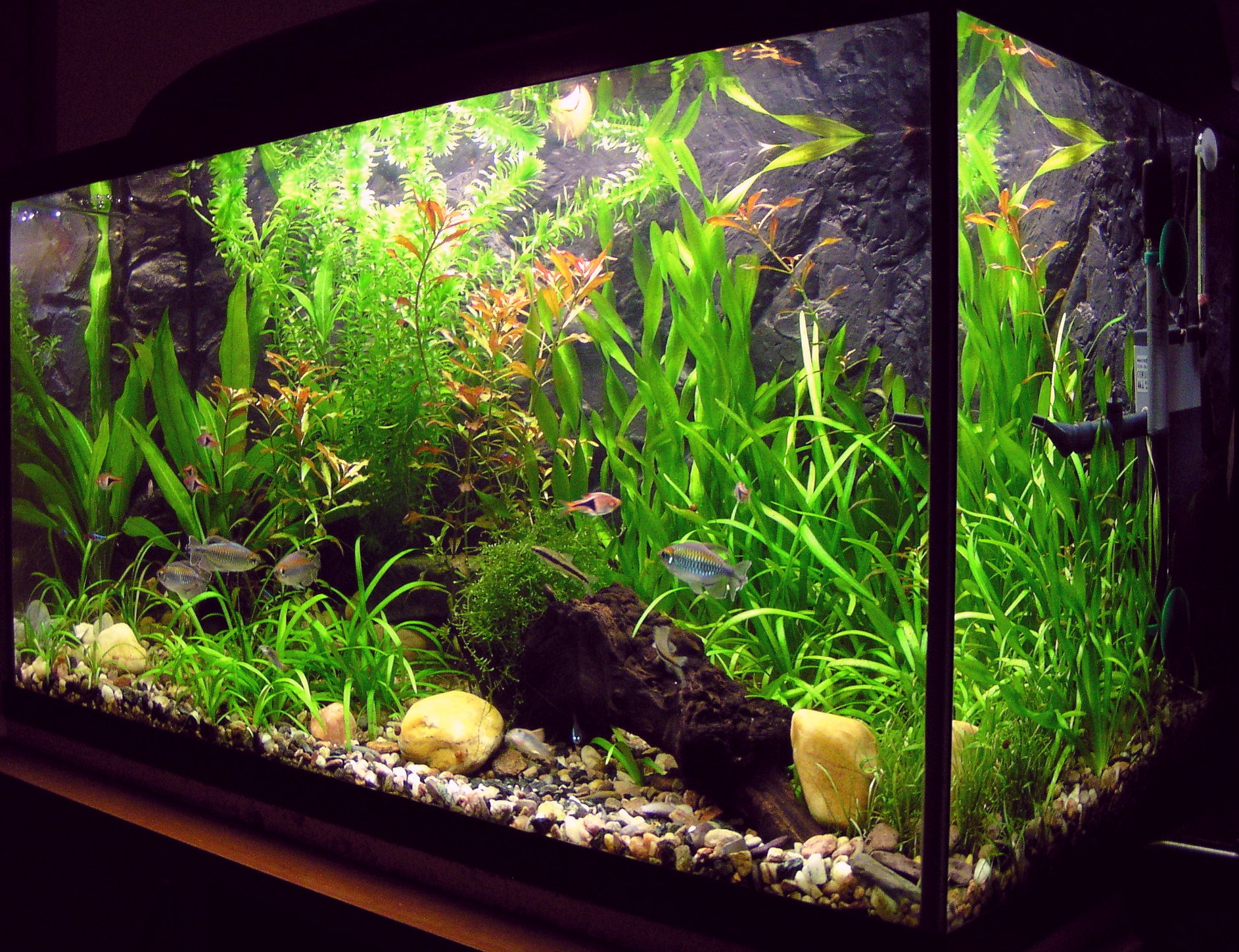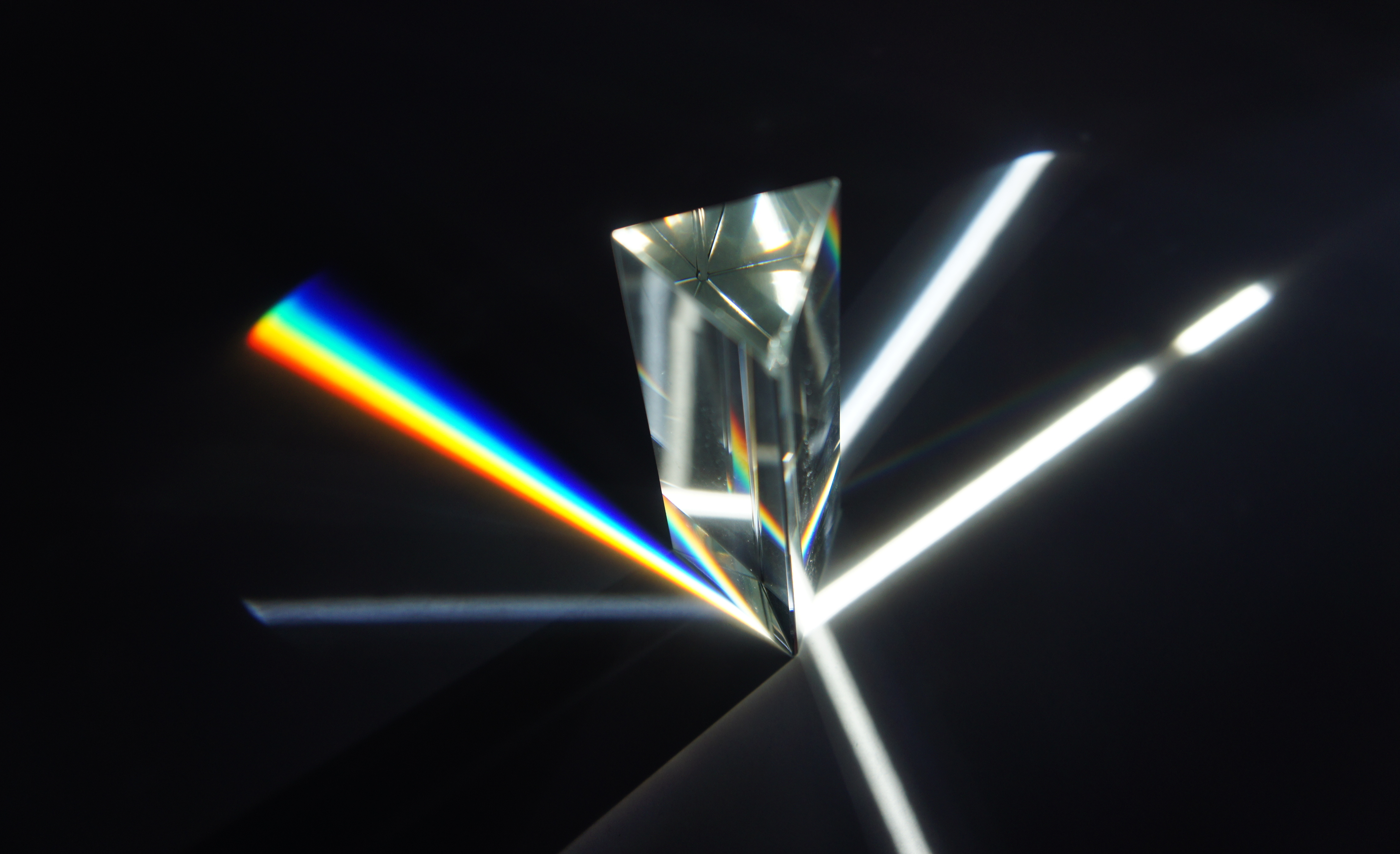|
Science Spectrum
The Science Spectrum is a science and technology museum and aquarium in Lubbock, Texas. It is a 501-C3 nonprofit educational corporation and a member of the Association of Science and Technology Centers. The Spectrum features over 250 interactive exhibits, live science shows and the only aquarium in West Texas. It also contains the Omni Theater, a 160-degree domed screen movie theater. History In 1984, a group of Lubbock residents started visiting science museums A science museum is a museum devoted primarily to science. Older science museums tended to concentrate on static displays of objects related to natural history, paleontology, geology, industry and industrial machinery, etc. Modern trends in mu ... across the U.S. and Canada with the aim of establishing one in Lubbock. In 1986, a board of directors was formed and the Science Spectrum was incorporated. The Spectrum opened on February 11, 1989. Logo The logo of the Science Spectrum is the prism. References Exter ... [...More Info...] [...Related Items...] OR: [Wikipedia] [Google] [Baidu] |
Lubbock, Texas
Lubbock ( ) is a city in the U.S. state of Texas and the county seat of Lubbock County. With a population of 272,086 in 2024, Lubbock is the 10th-most populous city in Texas and the 84th-most populous in the United States. The city is in the northwestern part of the state, in the Great Plains region, an area known historically and geographically as the Llano Estacado, and ecologically is part of the southern end of the High Plains, lying at the economic center of the Lubbock metropolitan area, which had an estimated population of 367,109 in 2024. Lubbock's nickname, "Hub City", derives from it being the economic, educational, and healthcare hub of the multicounty region, located north of the Permian Basin and south of the Texas Panhandle, commonly called the South Plains. The area is the largest contiguous cotton-growing region in the world and is heavily dependent on water from the Ogallala Aquifer for irrigation. Lubbock is home to Texas Tech University, the sixth ... [...More Info...] [...Related Items...] OR: [Wikipedia] [Google] [Baidu] |
Aquarium
An aquarium (: aquariums or aquaria) is a vivarium of any size having at least one transparent side in which aquatic plants or animals are kept and displayed. fishkeeping, Fishkeepers use aquaria to keep fish, invertebrates, amphibians, aquatic reptiles, such as turtles, and aquatic plants. The term ''aquarium'', coined by English naturalist Philip Henry Gosse, combines the Latin root , meaning 'water', with the suffix , meaning 'a place for relating to'. The aquarium principle was fully developed in 1850 by the chemist Robert Warington, who explained that plants added to water in a container would give off enough oxygen to support animals, so long as the numbers of animals did not grow too large. The aquarium craze was launched in early Victorian era, Victorian England by Gosse, who created and stocked the first public aquarium at the London Zoo in 1853, and published the first manual, ''The Aquarium: An Unveiling of the Wonders of the Deep Sea'' in 1854. Small aquariums are k ... [...More Info...] [...Related Items...] OR: [Wikipedia] [Google] [Baidu] |
Association Of Science-Technology Centers
The Association of Science and Technology Centers (ASTC) is a non-profit, global organization based in Washington, D.C., in the United States, that provides professional support for science centers, museums, and related institutions. ASTC's goal is to increase awareness of the contributions its members make to their communities and the field of informal STEM learning. Founded in 1973, ASTC now represents nearly 700 members in almost 50 countries, including not only science centers and museums, but also nature centers, aquariums, planetariums, zoos, botanical gardens, and natural history and children's museums, as well as companies, consultants, and other organizations that share an interest in informal science education. Member programs Passport Program ASTC member institutions can participate in ASTC's Passport Program, allowing members of participating institutions to visit other participating institutions for free, provided the member is visiting an institution mor ... [...More Info...] [...Related Items...] OR: [Wikipedia] [Google] [Baidu] |
West Texas
West Texas is a loosely defined region in the U.S. state of Texas, generally encompassing the desert climate, arid and semiarid climate, semiarid lands west of a line drawn between the cities of Wichita Falls, Texas, Wichita Falls, Abilene, Texas, Abilene, and Del Rio, Texas, Del Rio. No consensus exists on the boundary between East Texas and West Texas. While most Texans understand these terms, no boundaries are officially recognized and any two people are likely to describe the boundaries of these regions differently. The historian and geographer Walter Prescott Webb has suggested that the 98th meridian west, 98th meridian separates East and West Texas; writer A.C. Greene proposed that West Texas extends west of the Brazos River. Use of a single line, though, seems to preclude the use of other separators, such as an area—Central Texas. Texas is part of the Southern United States, South and the American Southwest at the same time, while the semiarid and desert climates of Wes ... [...More Info...] [...Related Items...] OR: [Wikipedia] [Google] [Baidu] |
Science Museums
A science museum is a museum devoted primarily to science. Older science museums tended to concentrate on static displays of objects related to natural history, paleontology, geology, industry and industrial machinery, etc. Modern trends in museology have broadened the range of subject matter and introduced many interactive exhibits. Modern science museums, increasingly referred to as 'science centres' or 'discovery centres', also feature technology. While the mission statements of science centres and modern museums may vary, they are commonly places that make science accessible and encourage the excitement of discovery. History As early as the Renaissance period, aristocrats collected curiosities for display. Universities, and in particular medical schools, also maintained study collections of specimens for their students. Scientists and collectors displayed their finds in private cabinets of curiosities. Such collections were the predecessors of modern natural history mus ... [...More Info...] [...Related Items...] OR: [Wikipedia] [Google] [Baidu] |
Prism (optics)
An optical prism is a transparent optical element with flat, polished surfaces that are designed to refract light. At least one surface must be angled—elements with two parallel surfaces are ''not'' prisms. The most familiar type of optical prism is the triangular prism, which has a triangular base and rectangular sides. Not all optical prisms are geometric prisms, and not all geometric prisms would count as an optical prism. Prisms can be made from any material that is transparent to the wavelengths for which they are designed. Typical materials include glass, acrylic and fluorite. A dispersive prism can be used to break white light up into its constituent spectral colors (the colors of the rainbow) to form a spectrum as described in the following section. Other types of prisms noted below can be used to reflect light, or to split light into components with different polarizations. Types Dispersive ''Dispersive prisms'' are used to break up light into its ... [...More Info...] [...Related Items...] OR: [Wikipedia] [Google] [Baidu] |
Science Museums In Texas
Science is a systematic discipline that builds and organises knowledge in the form of testable hypotheses and predictions about the universe. Modern science is typically divided into twoor threemajor branches: the natural sciences, which study the physical world, and the social sciences, which study individuals and societies. While referred to as the formal sciences, the study of logic, mathematics, and theoretical computer science are typically regarded as separate because they rely on deductive reasoning instead of the scientific method as their main methodology. Meanwhile, applied sciences are disciplines that use scientific knowledge for practical purposes, such as engineering and medicine. The history of science spans the majority of the historical record, with the earliest identifiable predecessors to modern science dating to the Bronze Age in Egypt and Mesopotamia (). Their contributions to mathematics, astronomy, and medicine entered and shaped the Greek natural philo ... [...More Info...] [...Related Items...] OR: [Wikipedia] [Google] [Baidu] |




